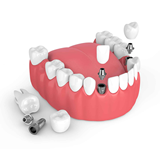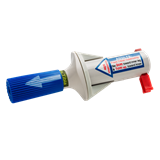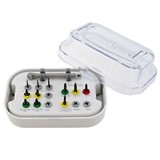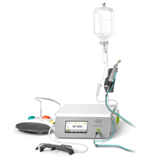Using a mathematical approach called "topology optimization" – a method that optimizes the layout of a material within a particular design space – the team has come up with a prototype of a three-dimensional scaffold that closely matches the stiffness of human bone, while at the same time has an open pore structure for transporting essential nutrients through the implant.
Such scaffolds can form the building blocks of bone implants that will be fully customisable to patients' needs.
Conventional implants are manufactured out of fully dense (and non-porous) titanium, which can be too stiff for the surrounding bone.
This mismatch in stiffness has been identified as a major causal factor in implant loosening. Further, conventional implants can be unsuitable for patients who have suffered from severe trauma, tumours, infection or deformities.
"Customised, porous implants may be able to alleviate these issues by matching both the geometry and the properties of the surrounding bone," said Dr Vivien Challis, of UQ's School of Mathematics and Physics, and co-author of the study that was recently published in Advanced Engineering Materials.
"Our project is a great example of the way in which mathematics can drive interdisciplinary, cutting-edge research," she said.
"A feature of our research is the constant interaction between theory, experiment and numerical simulation."
Other researchers in the study are Associate Professors Anthony Roberts and Joseph Grotowski (both from The University of Queensland), as well as Professor Timothy Sercombe and Dr Lai-Chang Zhang (both from The University of Western Australia).
The team has succeeded in manufacturing these complex bone implant designs using an advanced manufacturing technique called "selective laser melting" – a process in which a high-powered laser is used to melt metal powder into the required shape, layer by layer.
The multi-disciplinary team's research will help develop better-performing orthopaedic implants for Australia's aging population.
The team has been working on this project since 2008 and is funded by the Australian Research Council (ARC). Their research will continue under the recently-announced ARC funding for 2011-2013.

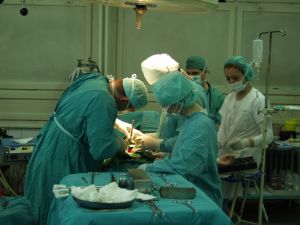
-160x160-state_article-rel-cat.png)
